All my tech devices have chatbots now – I'm not sure how to feel about AI
Aren't we overcommitting a bit to AI here?


I have a confession to make – I hadn't actually used a Copilot+ PC until this week. It's one of those big changes in the PC world that can be hard to get to grips with – until you're actually testing a device that includes Microsoft's new button right there on the keyboard, heralding a new age of AI (that's artificial intelligence, for the uninitiated) help on your machine.
Now, though, I've got my hands on a device I can't talk about yet, one that has Copilot built right into it. It's prompted me to do some thinking about the degree to which big tech device-makers are buying into AI chatbots and interfaces as The Next Big Thing. It's not just Copilot, either – the age of AI chatbots has long since started, and they're starting to seep into every category of device.
Last night my LG C2 OLED TV applied a software update – something I wasn't going to stand in the way of, in the hopes that it would make what's already one of the best OLED TVs out there a little better. It's part of the five-year upgrade promise from LG. It added a few new features in webOS, and didn't change much visually, so I've got no complaints, but I noticed that the TV now has a chatbot feature – if I want it.
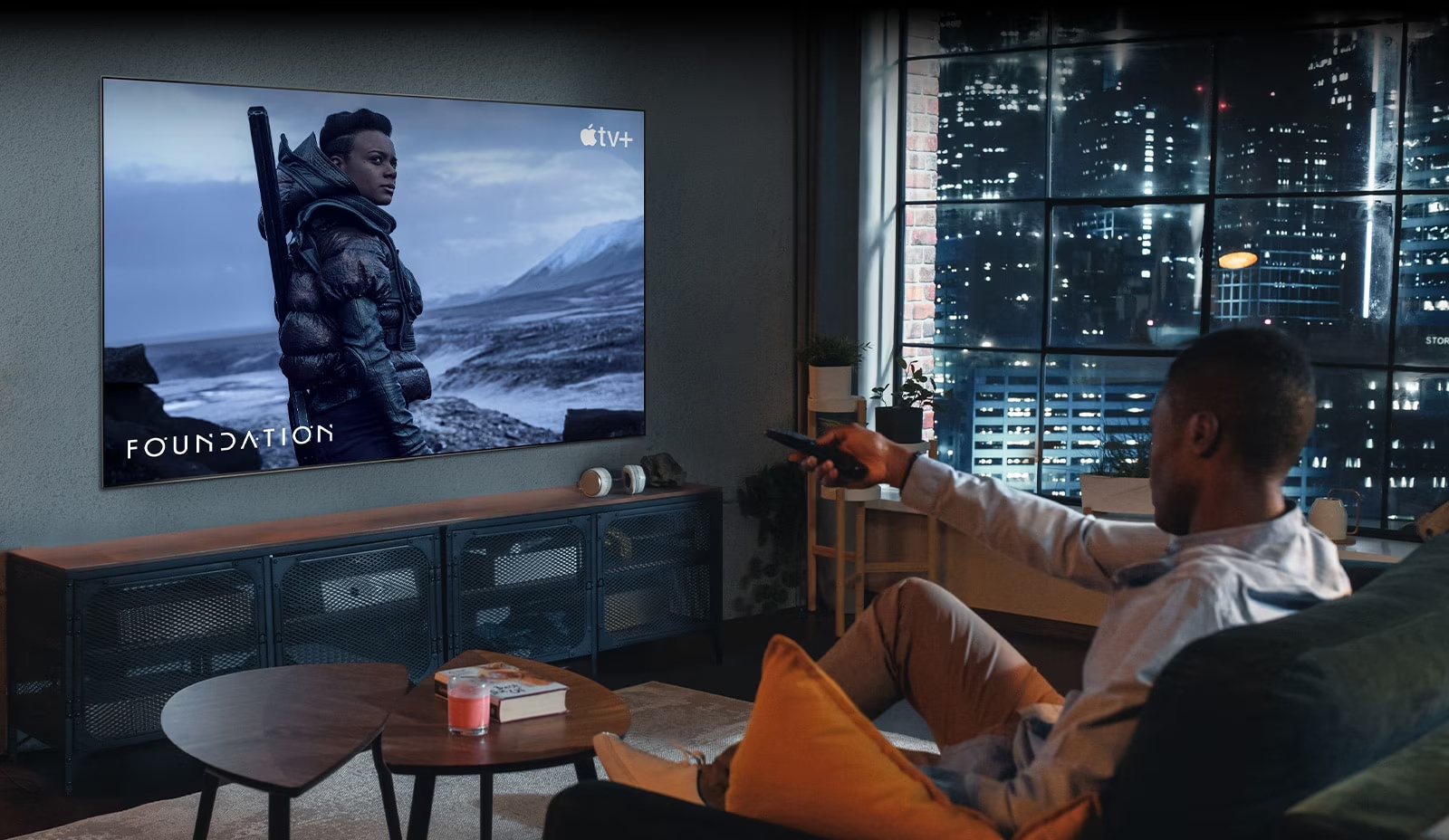
Since then, I've been trying to think of a situation when I'd actually need to use that chatbot (which itself is somewhat questionable in terms of actually being AI at all). I've come up with basically nothing, with the major caveat that I'm tech-literate and already know my way around the TV's settings menus. I can see why some people might find it handy, though, as you can, for example, just say "make the picture brighter," or "take me to my favourite cooking shows," to get results.
However, my personal take applies to most implementations of chatbots – I just can't quite work out what they're for. Even moving away from hardware, online chatbots are routinely more likely to frustrate me than they are to solve my problem, and I've long wondered why Amazon, for example, now has its Rufus chatbot placed so prominently while you're shopping.
Rufus is particularly confusing given Amazon already has the extremely well-known Alexa brand and identity to exploit – which is expected to be updated at a launch event this month. I can only assume that in almost all of these cases that internal data and metrics must be showing that people engage with the bots, and have positive outcomes in terms of dwell time and spending.
Indeed, I can believe that there's a category of users out there who leap into chatbots as a way to get around trawling through settings and menus, and that the bots can be helpful in that context. Still, I'd probably rather those menus were legible and easily navigated in the first place, as a simpler solution (and one that would stand the test of an internet outage, for instance).
Sign up to the T3 newsletter for smarter living straight to your inbox
Get all the latest news, reviews, deals and buying guides on gorgeous tech, home and active products from the T3 experts
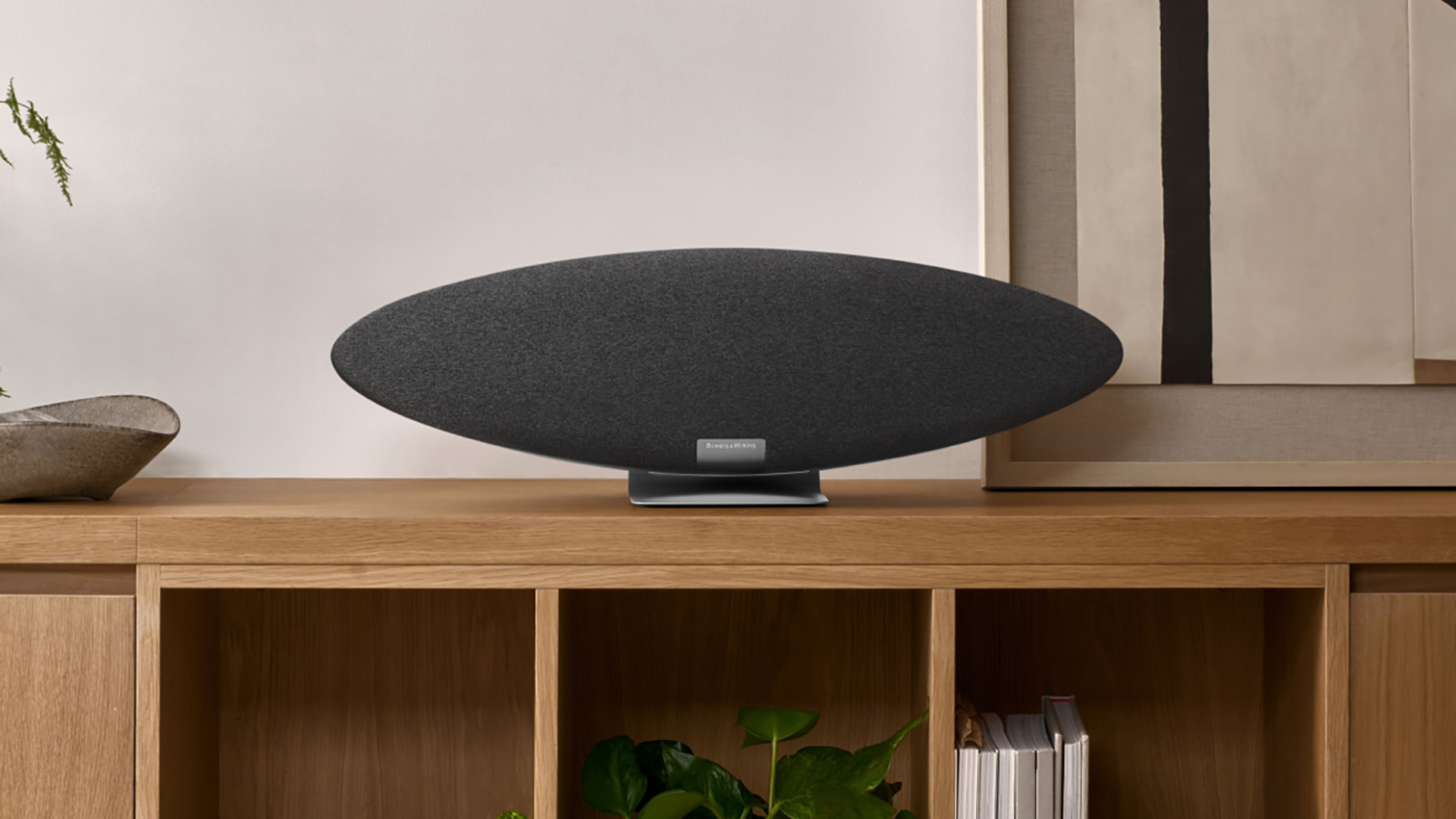
That brings us to an interesting recent example of how chatbots might actually not be quite what they're cooked up to be. Bowers & Wilkins has long boasted a design icon in the form of its Zeppelin speaker, but for the very recent hardware refresh after years without changes, it made one noticeable tweak.
The new Zeppelin Pro Edition, which T3's Tech Editor gave a glowing five-star review, actually removed its Alexa voice control capabilities compared to its predecessor. The company said it was because users simply didn't use it. In addition, one can assume it made a judgement call that it just wasn't worth the cost to include.
From a user point of view, speakers and soundbars that include voice control can be a minefield, since your TV's audio will occasionally include words and snippets of dialogue that risk an accidental trigger of an always-listening AI assistant. That's not to mention the queasy thought of that always-listening setting in the first place, depending on your perspective.
This gets to the heart of the matter for me. I have an Echo Dot with Clock speaker in my kitchen that I use literally every day to control cooking timers with my voice – a circumstance in which the device's voice control and AI responsiveness are demonstrably useful. I just don't quite buy that my TV needs a similar feature, or my soundbar, or my home speaker, with the associated data requirements and terms of use licenses to agree to.
While the boom in interest for the likes of ChatGPT and other chatbots doesn't seem to have crossed over into any form of decline yet, I can't help but suspect that it'll come in time. Much like the way we were all promised the Metaverse would change our lives from top to bottom, before that concept faded away in the face of its realistic current limitations, AI helpers are in a similar struggle to prove their value when integrated into devices.
After all, if the only people pleased that AI's been included are a board of investors, it might not be the most enduring of additions in the first place.

Max is T3's Staff Writer for the Tech section – with years of experience reporting on tech and entertainment. He's also a gaming expert, both with the games themselves and in testing accessories and consoles, having previously flexed that expertise at Pocket-lint as a features editor.
You must confirm your public display name before commenting
Please logout and then login again, you will then be prompted to enter your display name.
-
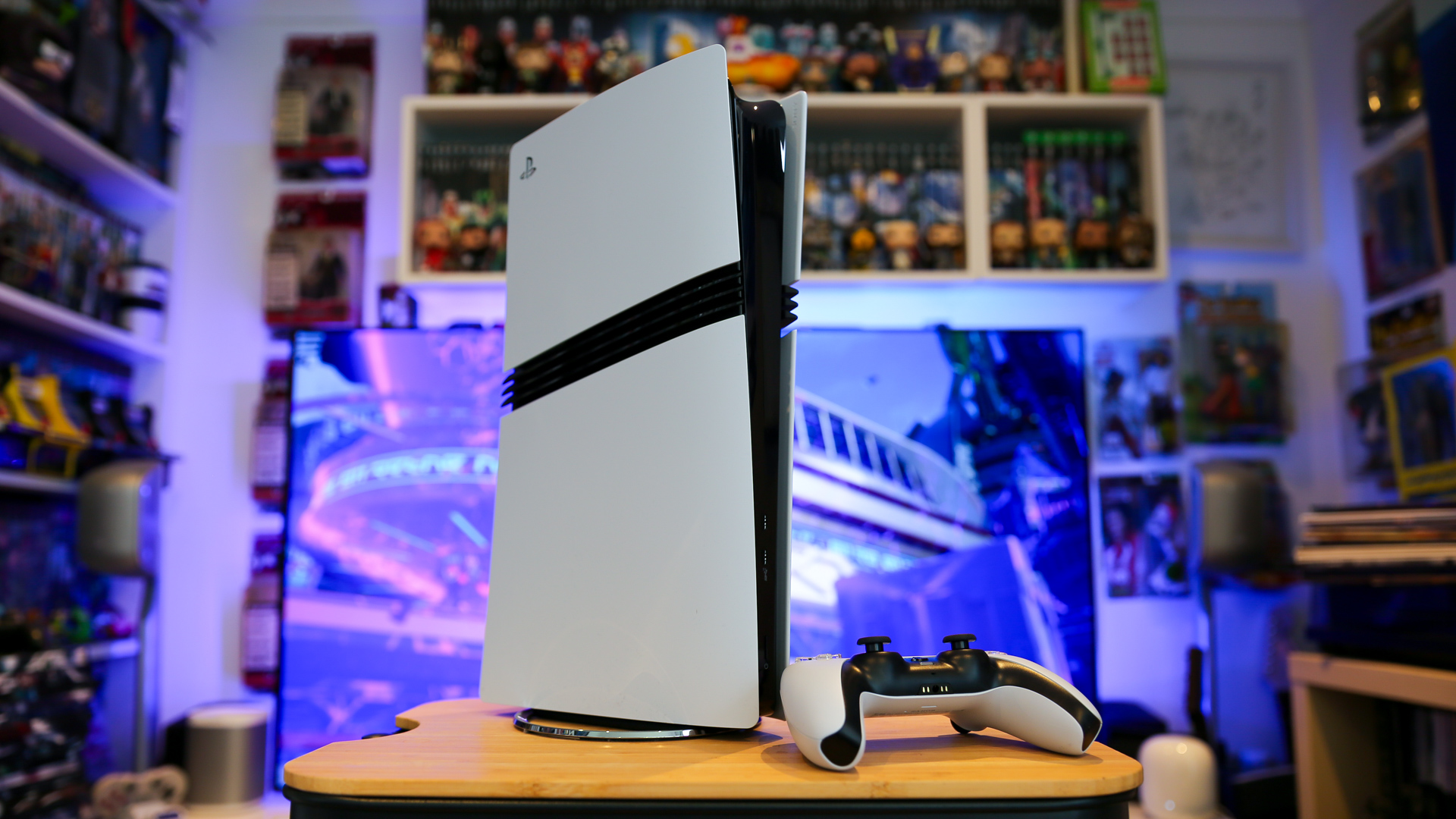 The 5 luxury PS5 Pro accessories I can't live without – How to upgrade your PlayStation in style
The 5 luxury PS5 Pro accessories I can't live without – How to upgrade your PlayStation in styleIf you want a better experience for your PS5 Pro, you need these luxury upgrades
By Max Freeman-Mills
-
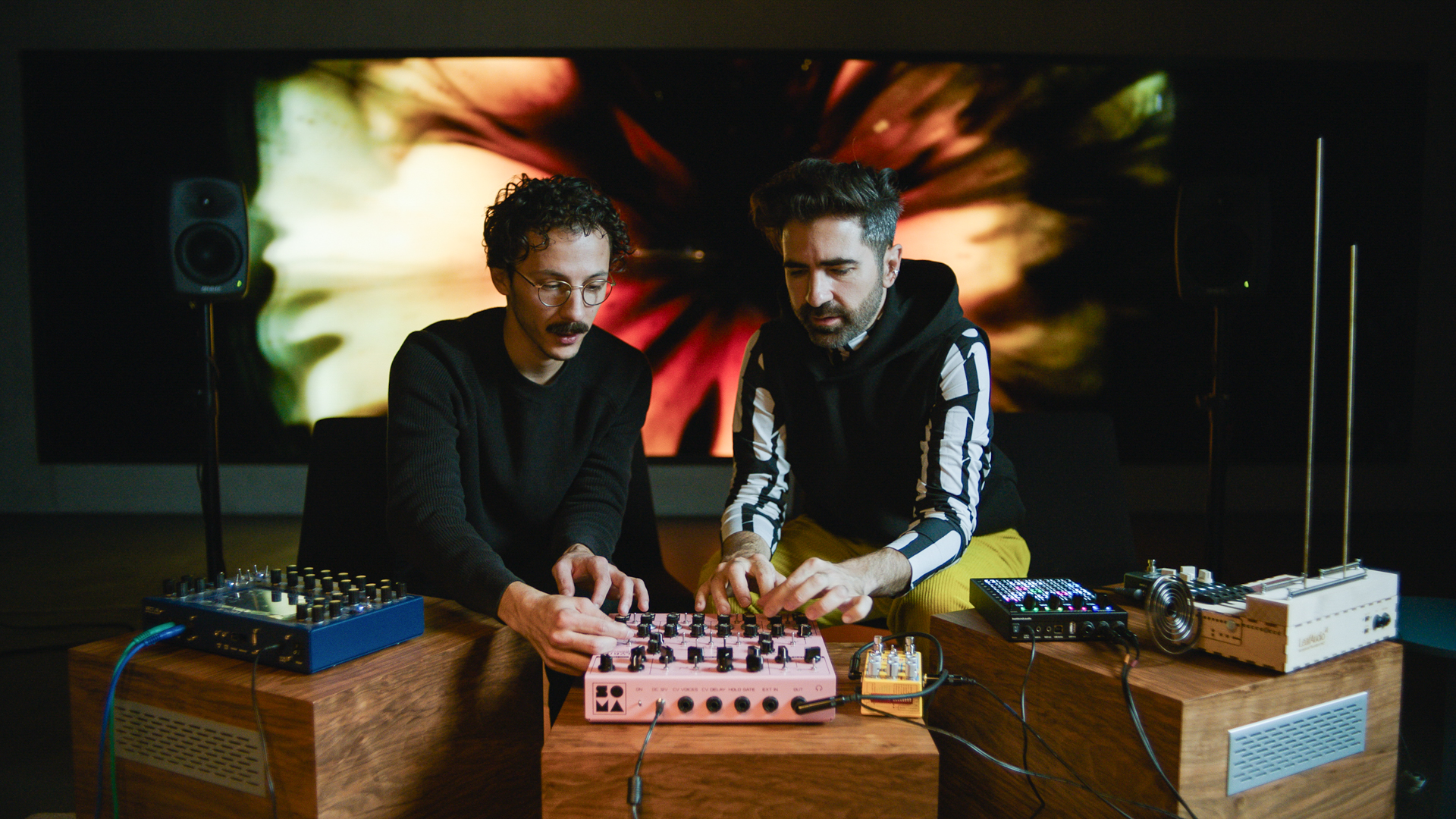 This is the sound of BMW's upcoming Neue Klasse EVs
This is the sound of BMW's upcoming Neue Klasse EVsHas BMW cracked the problem of making EVs sound fun with its next-gen soundscape for its Neue Klasse cars
By Alistair Charlton
-
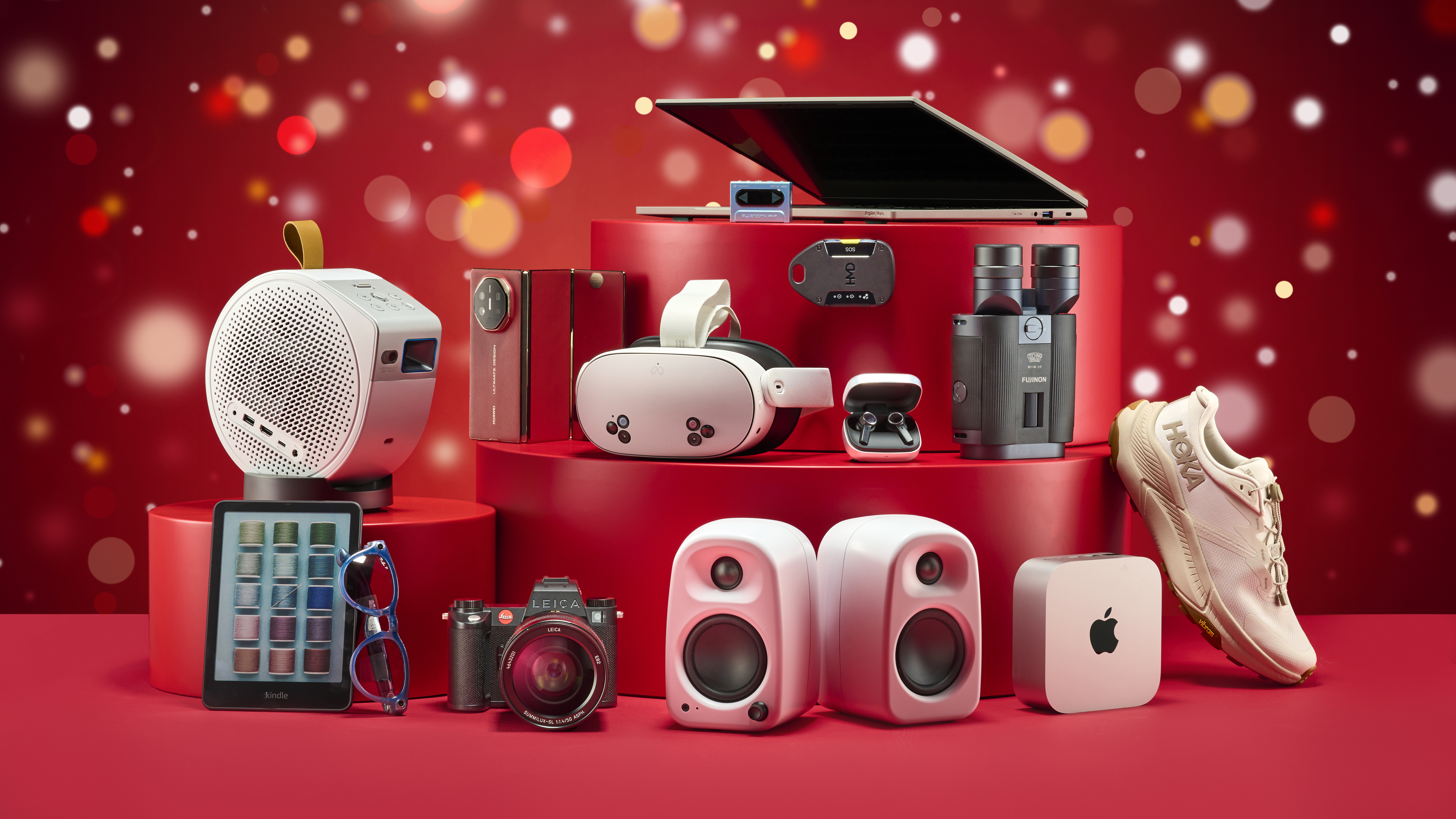 Hot 100: T3's best breakthrough tech picks
Hot 100: T3's best breakthrough tech picksWith the future showing no signs of going backwards, we round up the most daring, dazzling tech and the most exciting trends of 2025
By T3.com
-
 I didn't expect this game to blow me away on PS5 Pro, but it looks unreal
I didn't expect this game to blow me away on PS5 Pro, but it looks unrealAssassin's Creed Shadows is a pleasant surprise
By Max Freeman-Mills
-
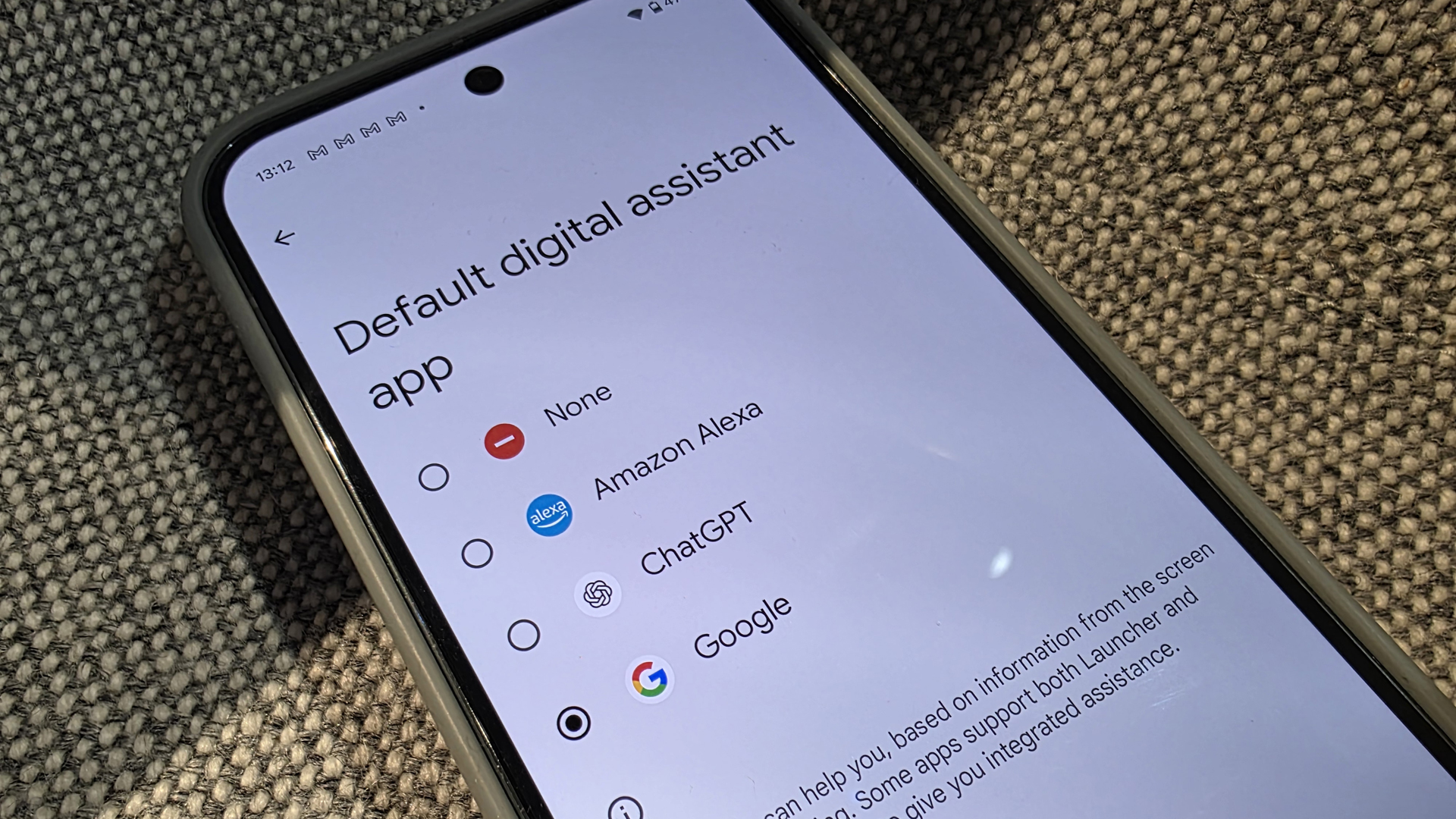 Android owners can easily swap Gemini for ChatGPT as default assistant, here's how
Android owners can easily swap Gemini for ChatGPT as default assistant, here's howWhether you want to is a completely different matter
By Chris Hall
-
 WhatsApp getting its biggest upgrade in years and yes, it does involve AI
WhatsApp getting its biggest upgrade in years and yes, it does involve AI"Hey Meta, what you saying?"
By Britta O'Boyle
-
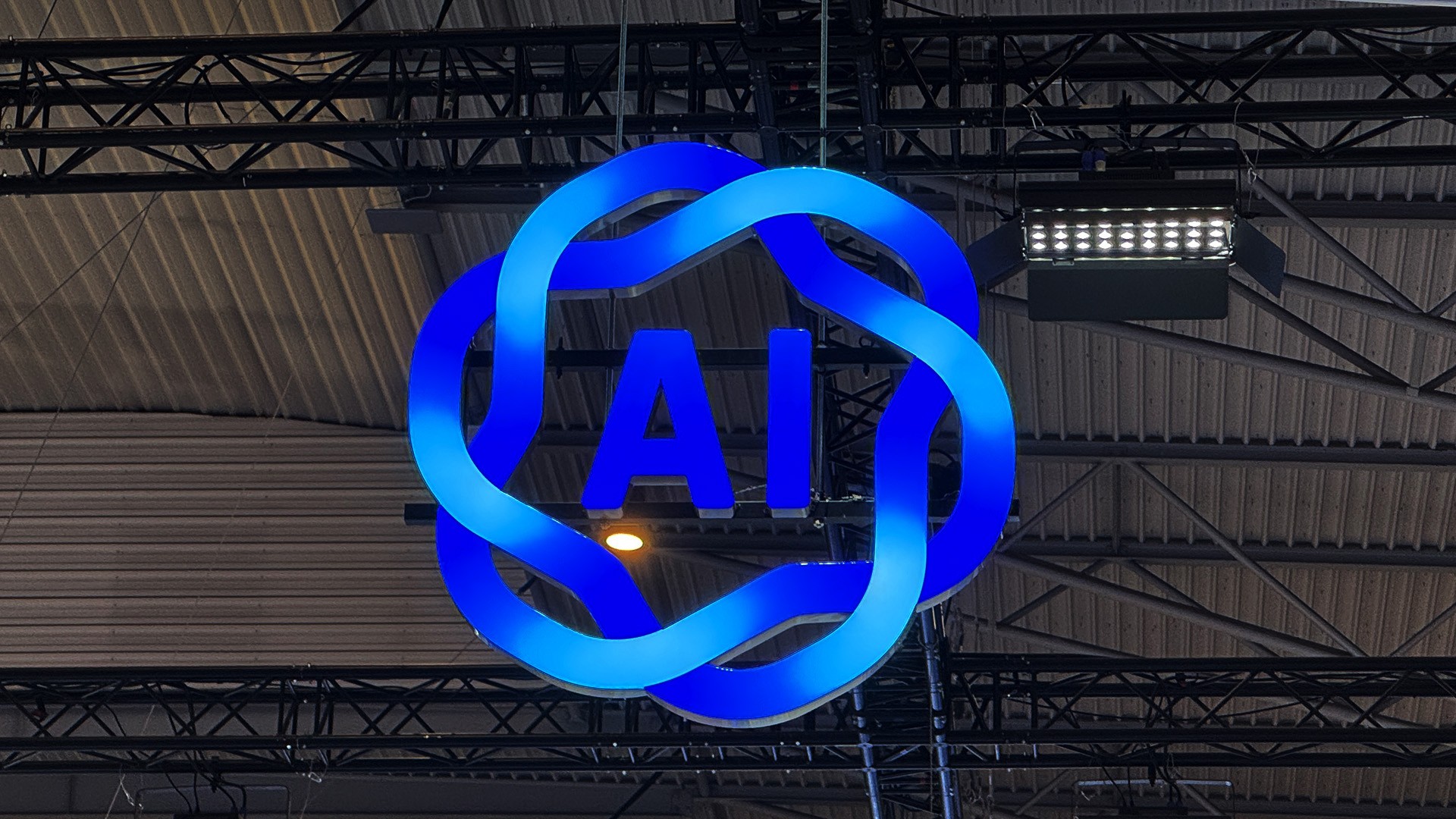 I saw an AI feature that I'd actually use – and it's not what you might think
I saw an AI feature that I'd actually use – and it's not what you might thinkAI to help you detect other AI is a neat idea
By Max Freeman-Mills
-
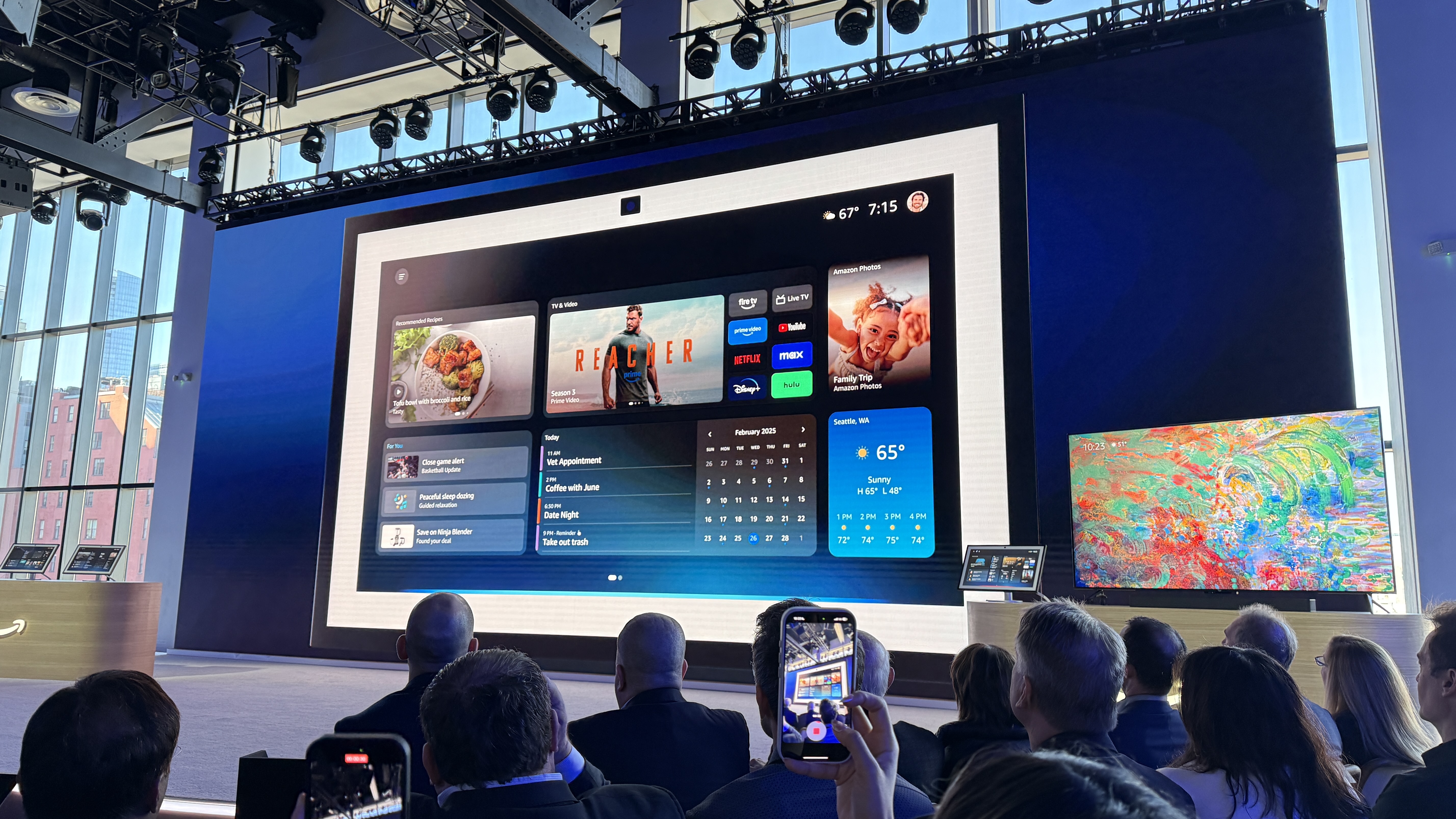 Amazon Alexa+ official – the all-new, smarter version of Alexa you'll be using soon
Amazon Alexa+ official – the all-new, smarter version of Alexa you'll be using soonAlexa+ is AI-powered and coming to an Amazon device near you soon
By Rik Henderson
-
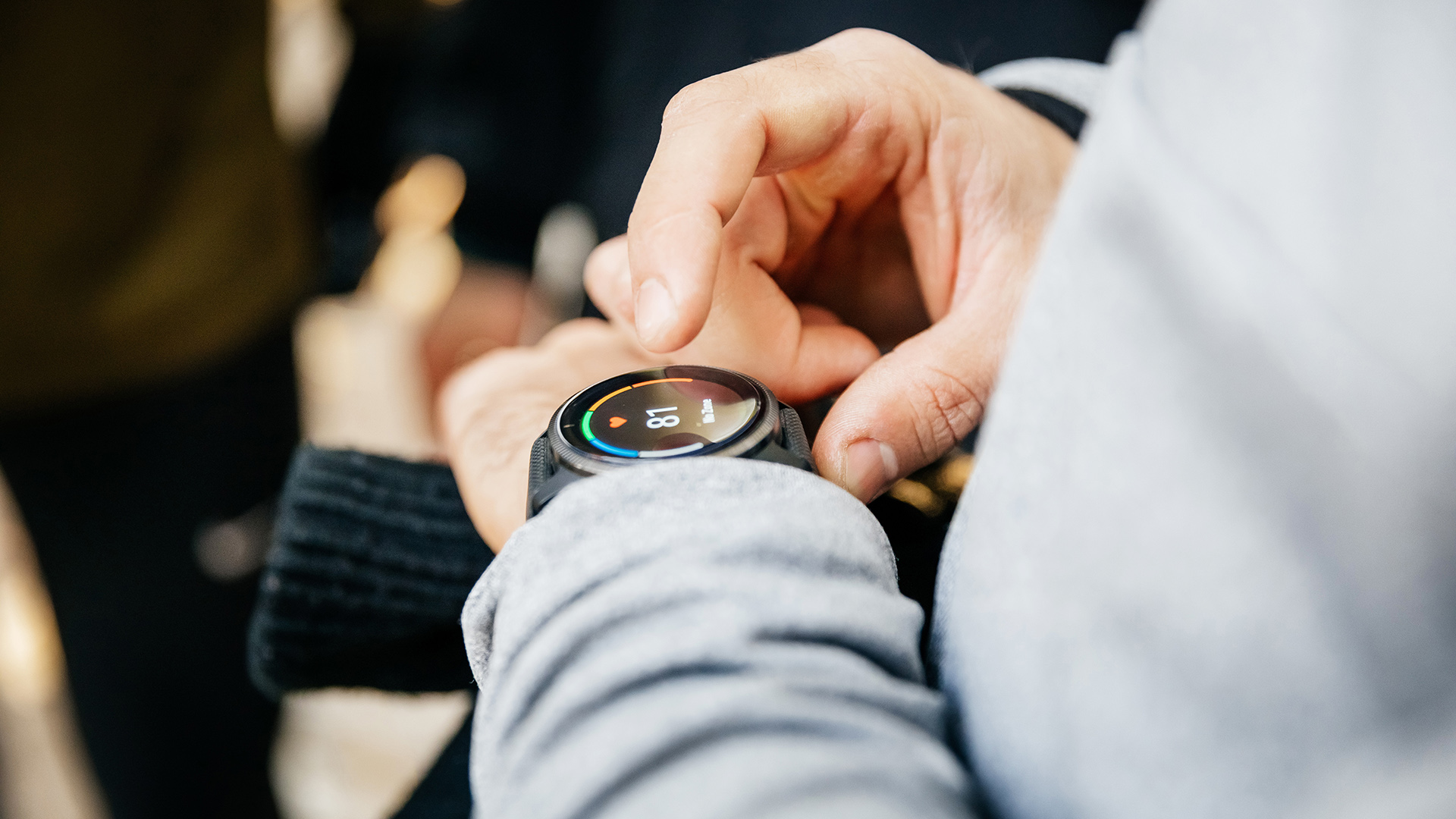 AI in wearables: what we expect to see in 2025
AI in wearables: what we expect to see in 2025AI is set to upgrade your smartwatch, smart right, and other wearables, adding new features like smart fitness tracking
By Max Slater-Robins
-
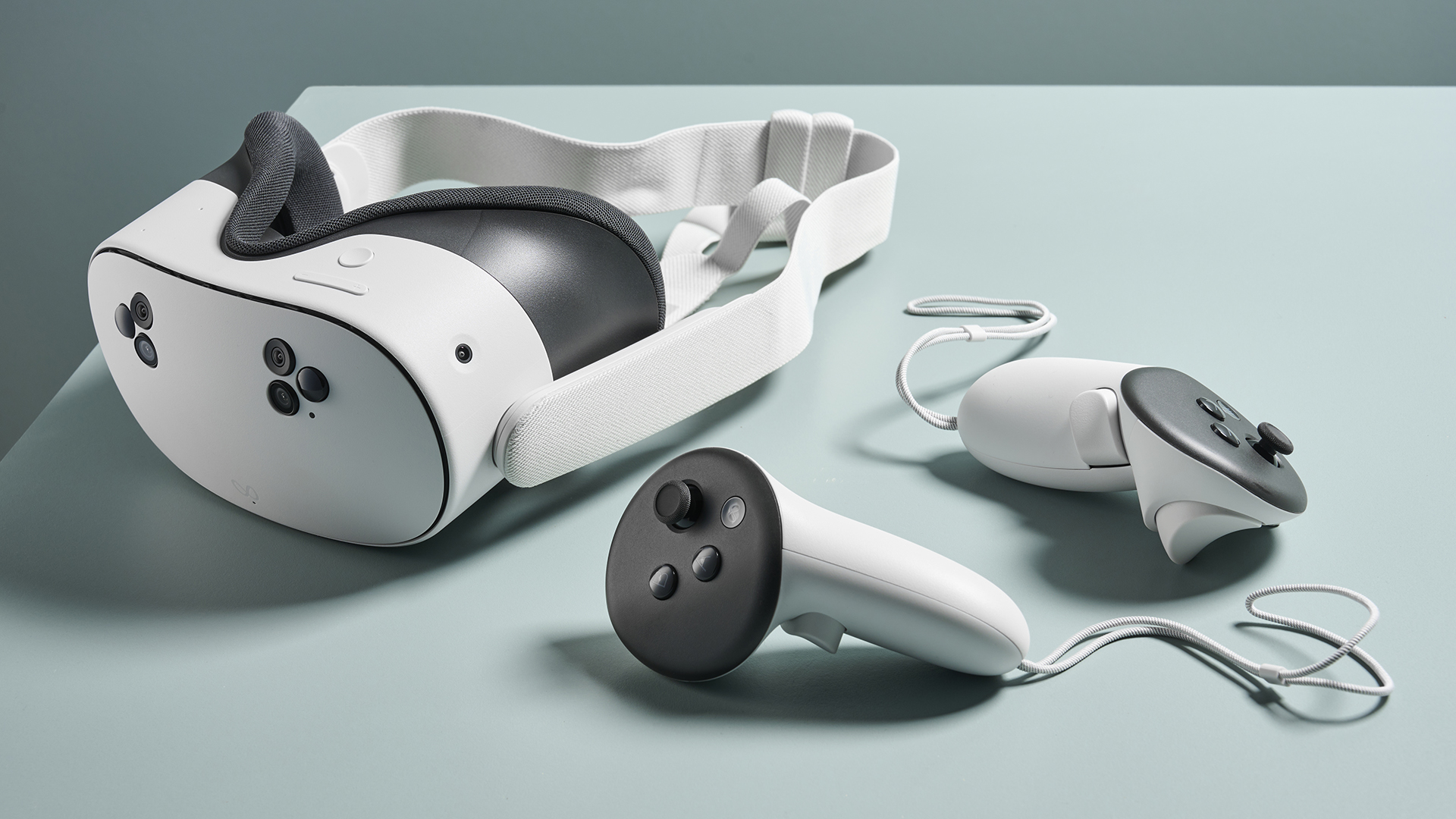 I've been a VR skeptic, but this surprising headset is winning me over
I've been a VR skeptic, but this surprising headset is winning me overThe Meta Quest 3S is a great jumping-in point
By Max Freeman-Mills